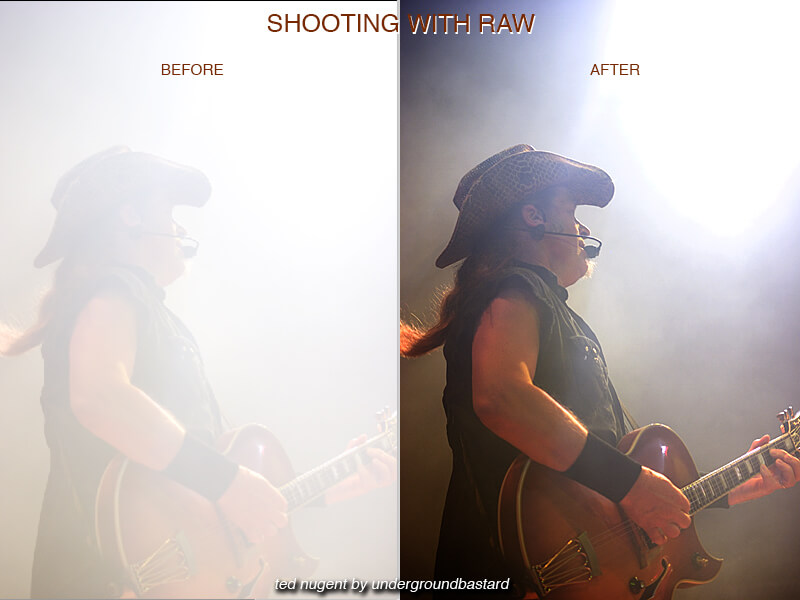You’ve probably heard of the term “shooting RAW” or “RAW format,” and you may be aware that it’s preferable to shoot in this format – but do you know why? And are you aware of the potential drawbacks of shooting RAW? Read on to get a firm grasp on what RAW can do for you.
Why to Shoot RAW
RAW format is the closest thing you can get to a negative in the digital world. In fact, a RAW file is often referred to as a digital negative. Basically, a RAW file is all the data of your image captured by your sensor in an unprocessed, lossless format – no compression, no saturation increase, etc.
This is quite different from a JPG, since RAW files are not what you call a “developed” photo. This why they’re called digital negatives in the first place, since negatives can’t be used as photos, but they hold all the necessary information in order to create a photo.
When to Use RAW
As mentioned above, RAW files give you the most information possible. This means that any editing you do in your RAW editor will have minimal damage as opposed to editing your image in Photoshop. While you can do a plethora of different edits in RAW, the most beneficial (for me anyways) is the ability to adjust your exposure with very little difference in quality when compared to an actual image taken at a different exposure. Typically, you can reduce or increase your exposure by 2 full stops with a RAW file, giving you a bit of leeway to work with when you’re shooting under difficult lighting situations.
undergroundbastard – why i shoot raw

This is also a great way to recover small blown highlights or blocked shadows (over or underexposed areas of your image), such as distracting reflections or overexposed skin tones, where your entire image is exposed well, but one or two distracting elements may need to be adjusted.
When Not to Use RAW
While the versatility of RAW format is great for photographers who want a broad base to edit with, it’s not for those who have little to no adjustments to make during post-processing. A drawback to RAW is that the file size is much larger than the JPG counterpart, which can fill up a memory card rather quickly.
If you shoot in high-volume (for example, sports photographers) and never see a need to adjust your images drastically, then RAW format is not for you.
Also note that if you’re doing a time-lapse video, shooting in RAW format is not the best idea. Depending on the length of your video, you may be shooting over 500 images. It’s not just the enormous file size that’s a problem, but also your post-processing workflow. RAW images need to be converted to a different format so that you can print and display, much like a negative being developed into a photo. Doing that with so many images is labor-intensive and will take a while to process.
I almost exclusively shoot in RAW, but I’m a landscape photographer so my workflow is different. If I were a sports photographer who needs fast image-processing time and more storage, I’d probably switch to JPG format for most shoots. However, those who shoot concerts are presented with very difficult lighting situations, which makes RAW a welcomed option to help adjust exposure as needed.
Ideally, it’d be fantastic to shoot everything in RAW format as it is one of the best tools photographers have, but other factors come into play and the versatility of shooting JPG can easily outweigh the benefits of RAW.

